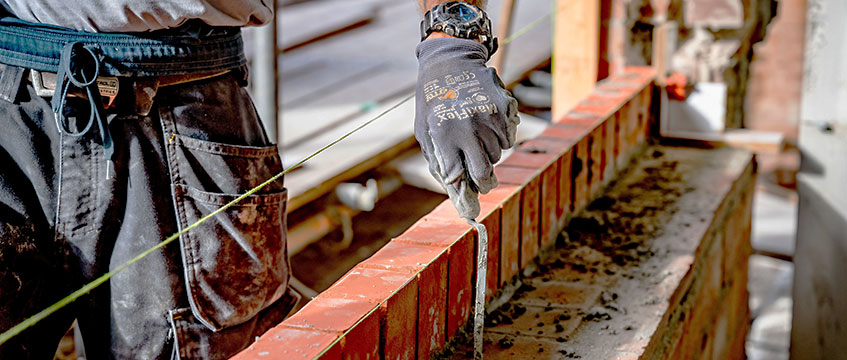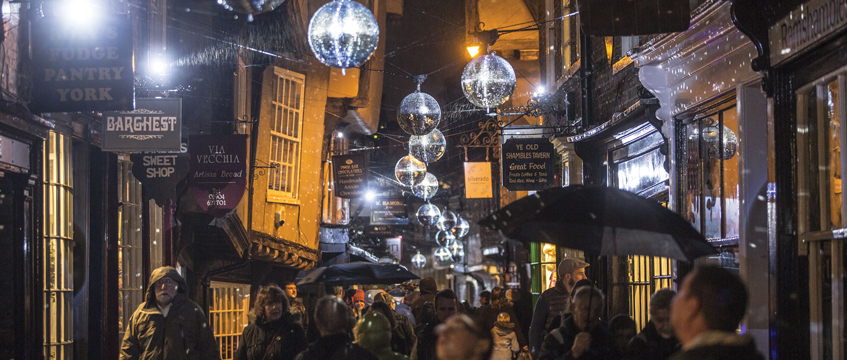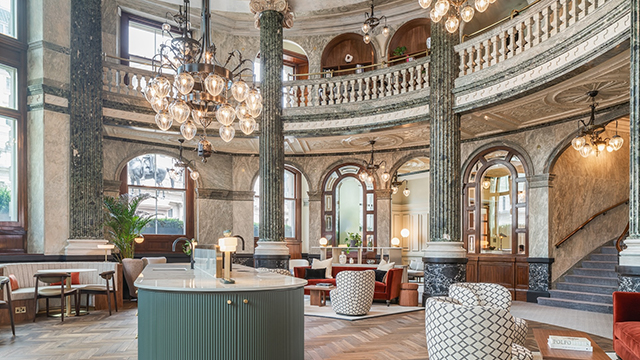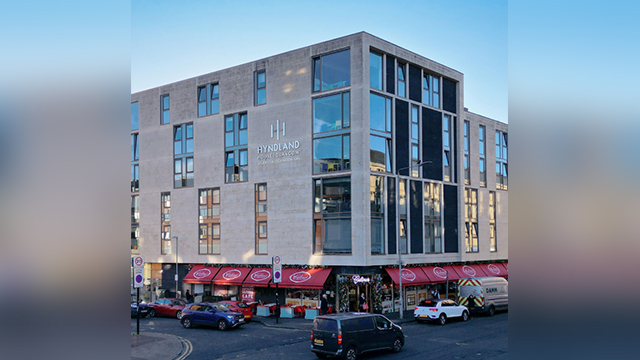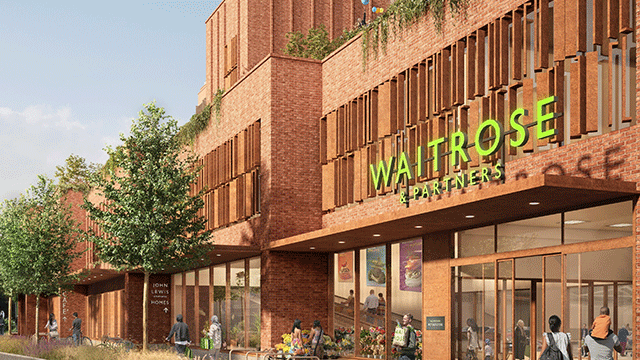COMMENT: It’s no real surprise that the regeneration challenge we face is of a once in a lifetime scale: I guess the clue’s in the name?
Many of our hardest hit centres were radically reimagined post–World War II, and the scale of regeneration needed matches the era when many of these now defunct developments took root. What went wrong, and how do we get it right this time?
With the best of intentions, the change that took place was a product of its time. Many politicians and architects believed that what existed was no longer fit for purpose and that dense, historic layouts were antiquated and slum-like. The resulting interventions were extreme – driven by a perception of how people should live, rather than an observation of how life unfolded naturally without interference.
Shrines to consuming
As we emerged from post-war recession an economic boom was in full swing. People had cash to spend, retail was thriving and at the same time shifting from a necessity to a leisure activity. With profits soaring retailers looked for a new shopping experience. Architects were commissioned to create modern, provoking designs, but at their core our new malls were shrines to consuming.
The Brutalist preference championed by architects and civic authorities alike made the contrast from these historic spaces even more dramatic. The idea of endless consumer options and the ability to shop for everything in a single, safe, sheltered centre was a vision of the future.
But perhaps the enduring oversight was what was demolished to accommodate them: spaces shaped by centuries of human behaviour. These spaces’ ability to adapt was inherent – made of up of small modular units and functions that calibrated with the communities around them.
Monolith developments like the now demolished Broadmash in Nottingham and the Tricon Centre in Portsmouth were met with significant local opposition, but views were dismissed by planners and politicians alike. Their support wasn’t seen as an essential component of community space and enthusiasm for the ‘new’ clouded civic appreciation of character, heritage and identity. Worse still, over decades it’s become obvious that these large, contrived spaces were not built to adapt – in terms of use, relevance or even build quality.
So as many town centres embark on a new quest for purpose and identity, what can we constructively take from these historic interventions?
Community and social cohesion are the starting points for a place’s purpose. Previous mistakes didn’t happen through a lack of care but a lack of understanding. We must build this through direct engagement with communities, to grow their sense of ownership as well as our understanding of what they need. We should use more modern means of engagement and data analysis, and pay close attention to organic development to see what behaviours and requirements have emerged naturally. Getting this cohesion right sits alongside a robust economic case and enables it, but can’t stem from it.
Social change
Shaping a space around a broader interpretation of community also creates diversity that’s resilient to shock events and cyclical market downturn. As behaviour changes, individual elements of a location can evolve with it.
We should start to think of our town centres as ‘families’ of buildings that have a relationship and dialogue with each other as well as their local communities. They can change and mature over time, but supporting each other and working together should remain steadfast. We should not be afraid to revert back to the infrastructure that developed naturally and what town centres once were – thriving ecosystems rather than destinations to be travelled to and from.
We should still progress with the sentiment for social change as our predecessors did, but shape it from, not dictate it to our communities. This way we’ll leave less of a demolition challenge for the next generation than we face now.
Michael Whitney is head of development at Ellandi






